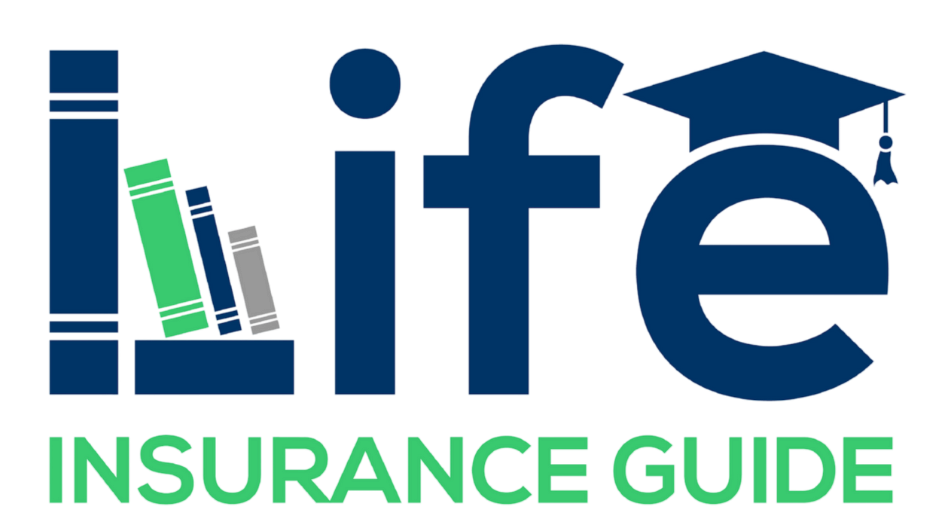If you’re in business with one or more partners, you’ve probably spent years building something together – time, energy, capital and trust. But what would happen if one of you suddenly couldn’t continue?
A business succession plan helps answer that question before life forces the issue. It’s a strategy that ensures ownership, value and control all end up in the right hands – at the right time – if a business owner dies, becomes seriously ill, or can no longer work.
It’s not just about insurance. It’s about having a plan for continuity, fairness and peace of mind.
What a Business Succession Plan Does
A good succession plan sets out exactly what will happen if an owner leaves the business unexpectedly. It defines:
- who can buy their share,
- how that share will be valued, and
- how the buyout will be funded.
In short, it’s the business equivalent of a will – ensuring the right people retain control and that departing shareholder families receive fair value.
Without one, things can quickly get complicated. Surviving partners might suddenly find themselves in business with a former partner’s spouse or family. Disagreements over valuations or ownership outcomes can follow, and sometimes the only option becomes selling or closing the business altogether.
Insurance as the Funding Mechanism
While a written agreement is the foundation of a plan, funding is what makes it work.
That’s where life insurance and disability cover come in. They don’t form the plan – they fund it.
If an owner passes away or is permanently disabled, the proceeds of an insurance policy can provide the cash needed for the remaining partners to buy out the departing owner’s share. It means:
- the family receives fair value in cash, and
- the remaining owners keep control of the business without financial strain.
Different structures can be used to hold the policies, and each has different legal and tax outcomes. That’s where professional advice is essential – to make sure ownership, legal and tax treatment all align properly.
The Agreement – The Heart of the Strategy
A buy-sell agreement (sometimes called a business succession agreement) is the legal document that ties everything together.
It sets out:
- the “trigger events” – typically death, total and permanent disability (TPD), and sometimes trauma events such as cancer, stroke or heart attack, or even a significant period of “unplanned absence”– depending on how the agreement and insurance are structured
- how the business will be valued
- and how the transfer of ownership will be funded which may include vendor terms where insurance proceeds are insufficient or not available.
This agreement gives clarity and certainty to both sides.
The departing owner or their family knows they’ll be fairly compensated.
The remaining owners know they’ll retain control and stability.
Without an agreement, even good intentions can become complicated.
A clear plan removes emotion and delay when decisions need to be made quickly.
Ownership Structures and Tax
Business succession plans can be set up in a few different ways – for example, each owner holding a policy on their own life (self-owned), on each other’s lives (cross-owned), or via a business, company or trust structure.
Each approach has different ownership and tax implications.
- Self-owned policies are quite common today because they are simple, flexible, and often provide a clean transfer of tax-free policy proceeds directly to the insured owner or their estate.
- Cross-ownership (where owners hold policies on each other’s lives) was once widely used but is less common now. It can create complications – for example, potentially triggering capital gains tax (CGT) or other ownership issues if circumstances change or policies are reassigned. CGT may apply to trauma or TPD payouts if the policy owner is not the life insured or a relative – which is why self-ownership is often preferred for tax efficiency.
- Company- or trust-owned policies can suit some businesses, but the outcomes differ. Company ownership can introduce additional tax layers or affect how proceeds are distributed. Trust structures, on the other hand, can be quite effective, provided they are set up with clear documentation and professional advice to manage tax and control considerations.
- Superannuation ownership is generally not suitable for buy-sell or business succession purposes. Superannuation law restricts how proceeds can be used – they must meet a condition of release and be paid to a dependent or legal personal representative, which may not align with business succession needs.
Tip: Because buy-sell insurance serves a capital purpose (transferring ownership), premiums are generally not deductible. In contrast, key person insurance for revenue protection may allow deductions, but the proceeds are assessable income.
Coordinating advice between your accountant, lawyer and financial adviser ensures the funding, agreement and ownership all work together smoothly.
Working Together – Legal, Tax and Financial Advice
A proper succession plan requires collaboration.
- A financial adviser usually co-ordinates other professionals involved, documents the advice to the enterprise and implements the cover.
- A solicitor ensures the agreement is legally binding and aligns with company structure and shareholder wishes.
- An accountant or tax adviser makes sure everything is tax-effective and reflects the business valuation.
Even for smaller businesses, a simple coordinated plan can make an enormous difference. It ensures the strategy, the agreement along with the insurance and any other funding means all work together when it matters most.
Keeping It Up to Date
Once a plan is in place, it’s not “set and forget.” Businesses evolve – ownership percentages change, valuations grow, and personal circumstances change.
Tip:
If you’ve put insurance in place for succession purposes but never linked it to a formal agreement, it’s time to get professional help to sort that out.Likewise, if you already have a buy-sell agreement that hasn’t been reviewed for a few years, don’t leave it sitting in the bottom drawer. The agreement, the insurance and any other funding means should be reviewed regularly to make sure they still reflect your business structure, valuation and owners wishes.
Why It Matters
At its core, succession planning is about protecting people – not just assets.
It ensures the effort you’ve invested in building your business isn’t undone by uncertainty.
It provides security for your family, your co-owners, your staff and your clients.
It’s not about expecting the worst – it’s about protecting what you’ve worked so hard to build.
A well-structured plan provides fairness, liquidity and stability when life takes an unexpected turn.
Take the Next Step
If your business has more than one owner, start the conversation now.
A simple agreement, supported by the right insurance and advice, can help safeguard your business, your partners and your families.
Disclaimer:
This article provides general information only and does not take into account your objectives, financial situation or needs. You should seek professional legal, tax and financial advice before entering or updating any buy-sell or insurance arrangement.




